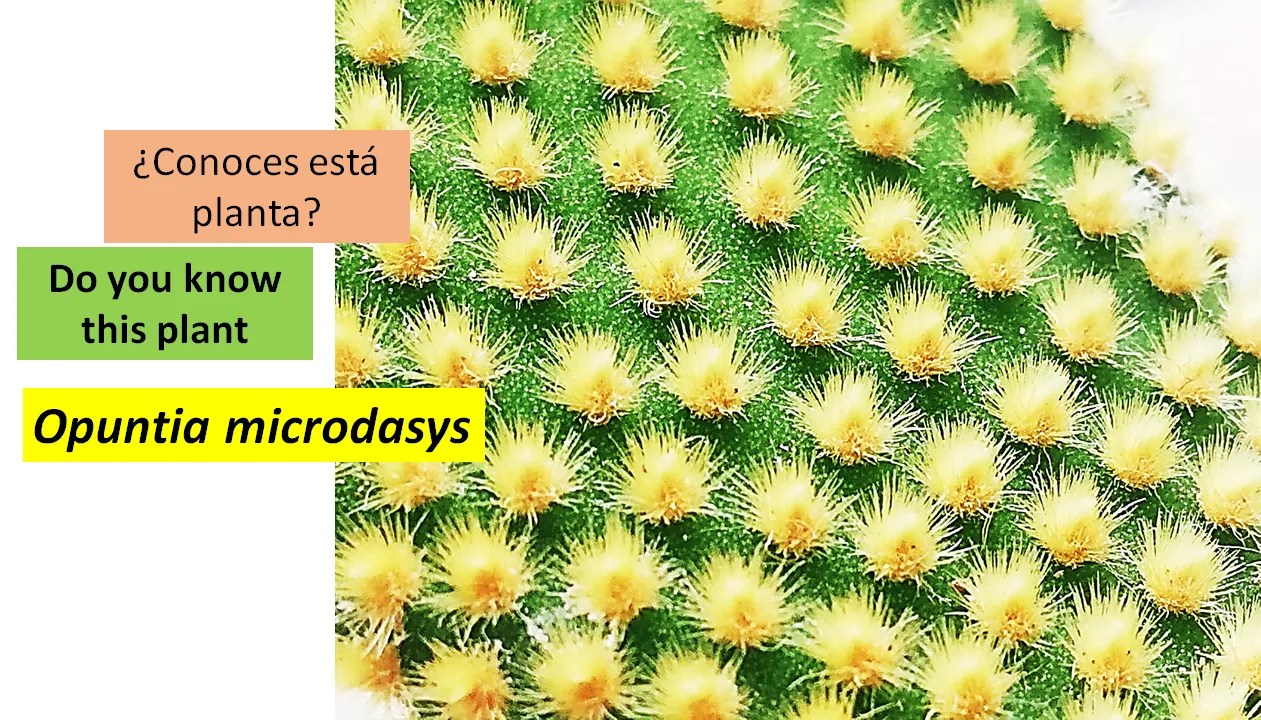
La naturaleza es realmente asombrosa, y se han adaptado a las diferentes zonas del planeta. Las especies existentes han dado respuesta a las presiones selectivas por las que el tiempo geológico les ha paseado, por ello, cualquier individuo del planeta, ejerce una función en la naturaleza y hay que respetarlo.
Nature is really amazing, and have adapted to different areas of the planet. The existing species have responded to the selective pressures that geological time has put them through, therefore, any individual on the planet has a function in nature and must be respected.
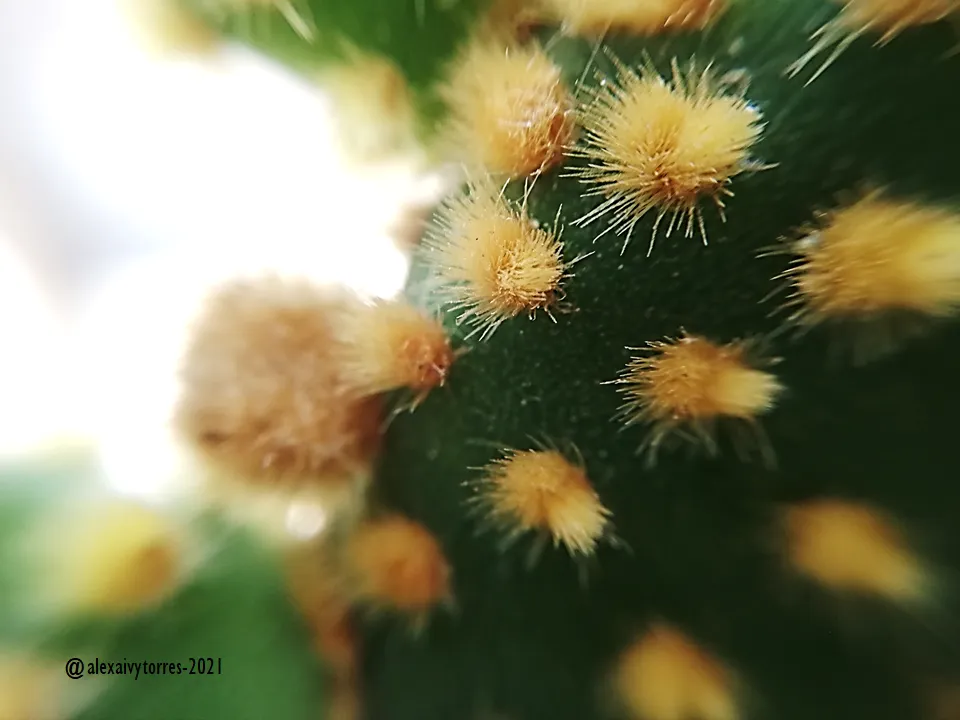
Si queremos hablar de adaptación, los cactus serán de mucha ayuda. Desde la teoría evolutiva, una vez que el ancestro algal pisó tierra firme y logró vencer las presiones del medio externo, las plantas lograron invadir el medio, fuera del agua. Aproximadamente en el cretácico comienzan los patrones morfológicos que darían lugar a las primeras cactáceas.
If we want to talk about adaptation, cacti will be of great help. From the evolutionary theory, once the algal ancestor stepped on land and managed to overcome the pressures of the external environment, plants managed to invade the environment, out of the water. Approximately in the Cretaceous, the morphological patterns that would give rise to the first cacti began.
Algunas plantas, para evitar la desecación, producto del extremo sol y calor proporcionado por la Tierra que aún evolucionaba para encostrar condiciones de equilibrio, se quedaron casi pegados al suelo, asumiendo un cuerpo globoso. Otros comenzaron a crecer en altura, pero modificaron su morfología para sustraer el agua que estaba contenida en la atmósfera.
Some plants, in order to avoid desiccation, a product of the extreme sun and heat provided by the Earth, which was still evolving to find conditions of equilibrium, remained almost glued to the ground, assuming a globular body. Others began to grow in height, but modified their morphology to subtract the water that was contained in the atmosphere.
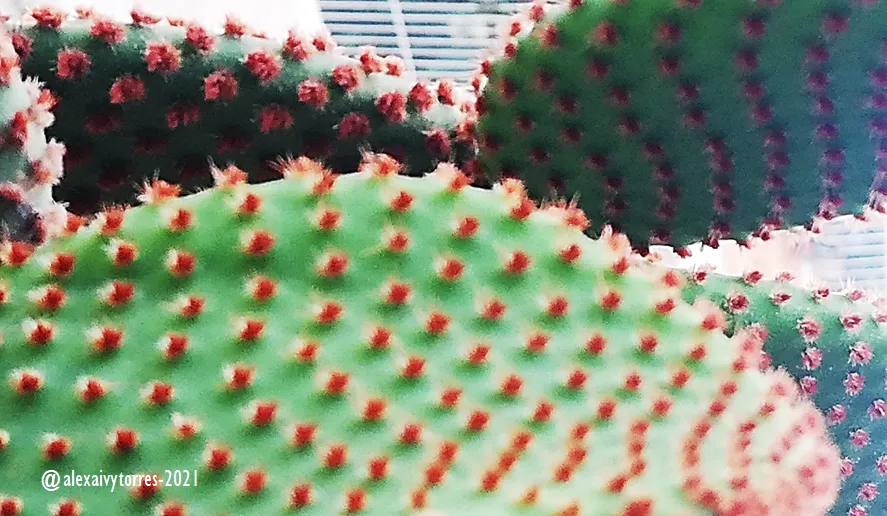
Ver a un cactus, es observar hojas modificadas que hoy llamamos espinas. Esas espinas foliares buscan evitar la desecación, además que son un excelente método para dispersarse en la naturaleza. El tallo entonces, pasó a tener función fotosintética y por eso lo apreciamos de color verde.
To see a cactus is to observe modified leaves that today we call spines. These foliar spines seek to avoid desiccation, besides being an excellent method to disperse in nature. The stem, then, became photosynthetic and that is why it is green.

Esta Opuntia que hoy traigo en esta publicación es una cactácea. Vemos en la fotografía que, se trata de un ejemplar ramificado, con clados o estructuras oval- alargadas, de color verde, en estructuras aplanadas, y de aproximadamente 8-15 cm de largo. El ejemplar estudiado en unos de los segmentos más grandes, posee 7cm de largo.
This Opuntia that I bring today in this publication is a cactus. We see in the photograph that it is a branched specimen, with clades or oval-elongated structures, green in color, in flattened structures, and approximately 8-15 cm long. The specimen studied in one of the largest segments is 7 cm long.
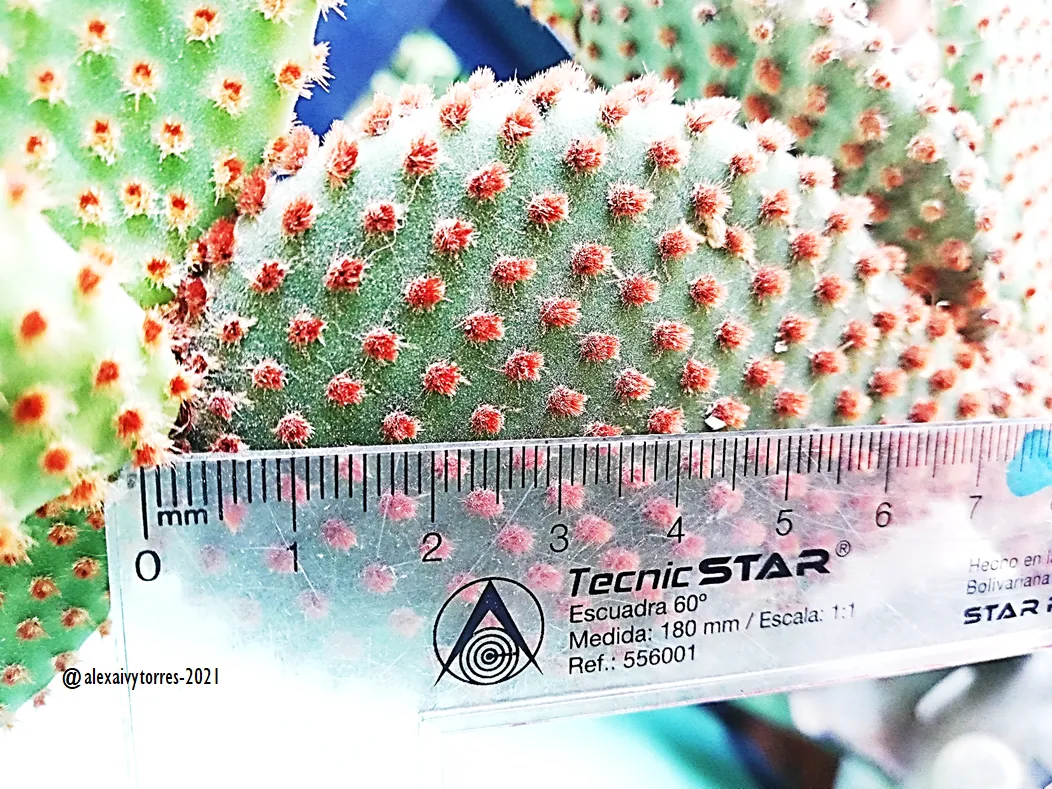
Cuando observamos a detalle con las lentillas macro-micro (60x) podemos detallar sus grandes areolas, que se encuentran organizadas a manera de patrón en todas las estructuras oval-alargadas. De estas areolas, nacen los gloquidios, y es característico de las Opuntias.
When we observe in detail with the macro-micro lenses (60x) we can detail its large areoles, which are organized as a pattern in all the oval-elongated structures. From these areoles, the glochids are born, and is characteristic of Opuntias.

Los gloquidios, tal como se observan en las imágenes, son espinas foliares, en este caso de color amarillo y rojizo, que dejan verse como barbas deciduas y retrorsas. Durante la manipulación del ejemplar se pudo determinar su capacidad de anclaje a la piel, ocasionando grandes molestias.
The glochids, as seen in the images, are foliar spines, in this case of yellow and reddish color, which can be seen as deciduous and retrorse beards. During the handling of the specimen it was possible to determine its ability to anchor to the skin, causing great discomfort.

Su origen es centroamericano, distribuido en otras regiones de América. Se presenta en diversas variaciones y comúnmente es llamado orejas de Mickey.
Its origin is Central American, distributed in other regions of America. It occurs in several variations and is commonly called Mickey ears.
A nivel taxonómico se presenta la siguiente clasificación - At the taxonomic level, the following classification is presented:
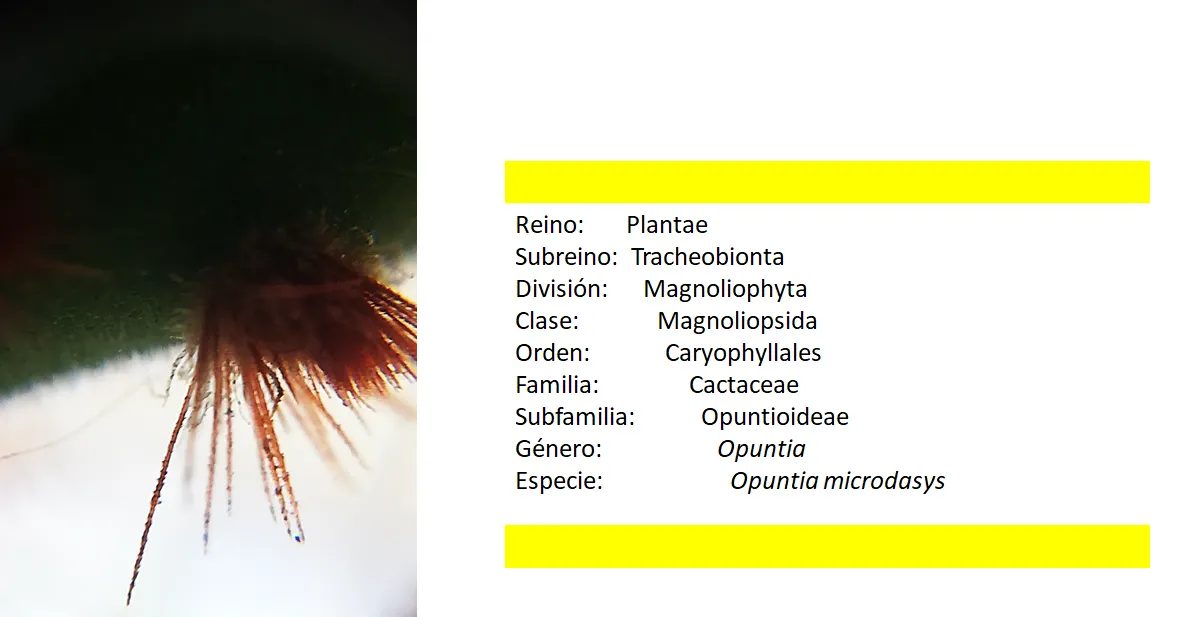
En el momento de la observación del ejemplar, no había flores. Por ser una Magnoliophyta sus estructuras deben obedecer a un patrón pentámero.
At the time of the observation of the specimen, there were no flowers. Being a Magnoliophyta its structures must obey a pentamerous pattern.
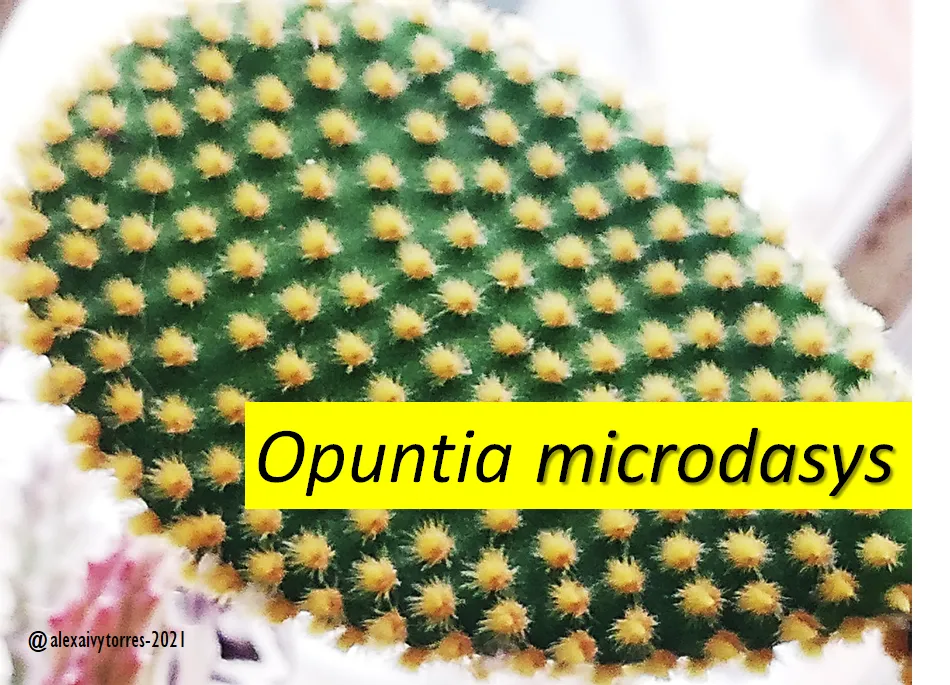
Las imágenes pertenecen al autor y han sido capturadas con dispositivo móvil Huawei, cámara Leica y lentillas adaptadas para imágenes macro y micro a 60X.
The images belong to the author and have been captured with a Huawei mobile device, Leica camera and lenses adapted for macro and micro images at 60X.


